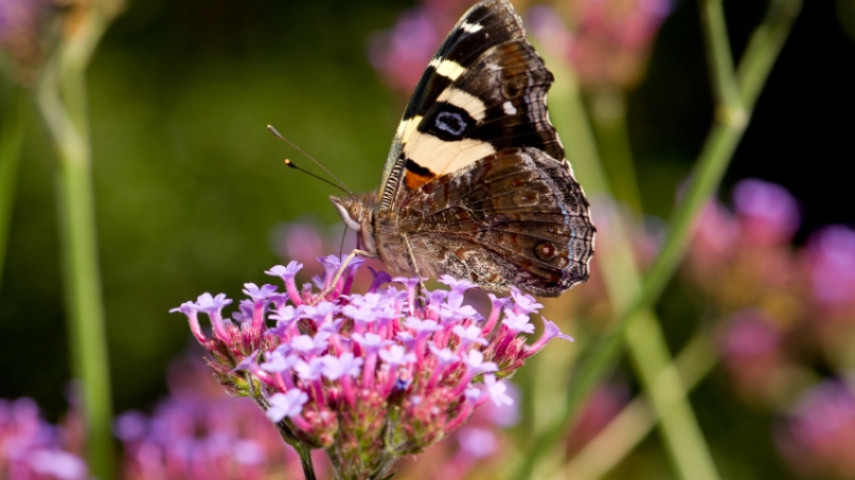Transform your backyard into a pollinator haven.

Pollen power
- Plant in a range of colours, sizes and shapes to attract a diverse range of pollinators. Flat flowers such as asters are popular with exotic bees as they're easy to land on whereas butterflies often prefer clusters of flowers so they don't need to exert too much energy to feed.
- Choose simple flowers that have easily accessible pollen.
- Mix it up with native and exotic plants. Many native bees, flies and butterflies are more attracted to native flowers such as manuka, hebe and pohutakawa.
- Don't plant weeds or anything considered a pest in your local area.
- A pollinator friendly garden doesn't have to just be ornamental! Pollinators love the flowers of many kitchen plants such as basil, squash, apples and plums.
The Trees for Bees website(external link) has some great ideas for planting pollinator friendly gardens.
Seasonal planting
It's important to provide floral resources for pollinators all year round as they need the high energy nectar and protein rich pollen to survive. Although some of the most well known plants bloom in spring and summer, there are many beautiful flowers that come out over the cooler months when pollinators most desperately need them.
Take a look at our seasonal planting calendar [PDF, 276 KB] for year round ideas for your garden.
Pest control
Avoid chemical use where possible and try out some natural pest control options, such as promoting insects like hoverflies that eat aphids and other pests.
If you do decide to use chemical pesticides, avoid spraying open blooms or budding flowers (apply spray to leaves, stems and roots). Of equal importance, always apply at night.
With very little extra effort, it's easy to keep pollinators and your garden thriving!
Pollinator sanctuaries
- Provide sunny and sheltered areas where pollinators can be protected from the elements.
- Leave a few patches of (preferably north facing) soil bare and natural for native bees to make nests underground.
- Consider making a bumblebee nest(external link).
- Exotic bees and butterflies need a fresh water source they can land next to and drink from.
Check out the website For the Love of Bees(external link) for more pollinator sanctuary ideas.
